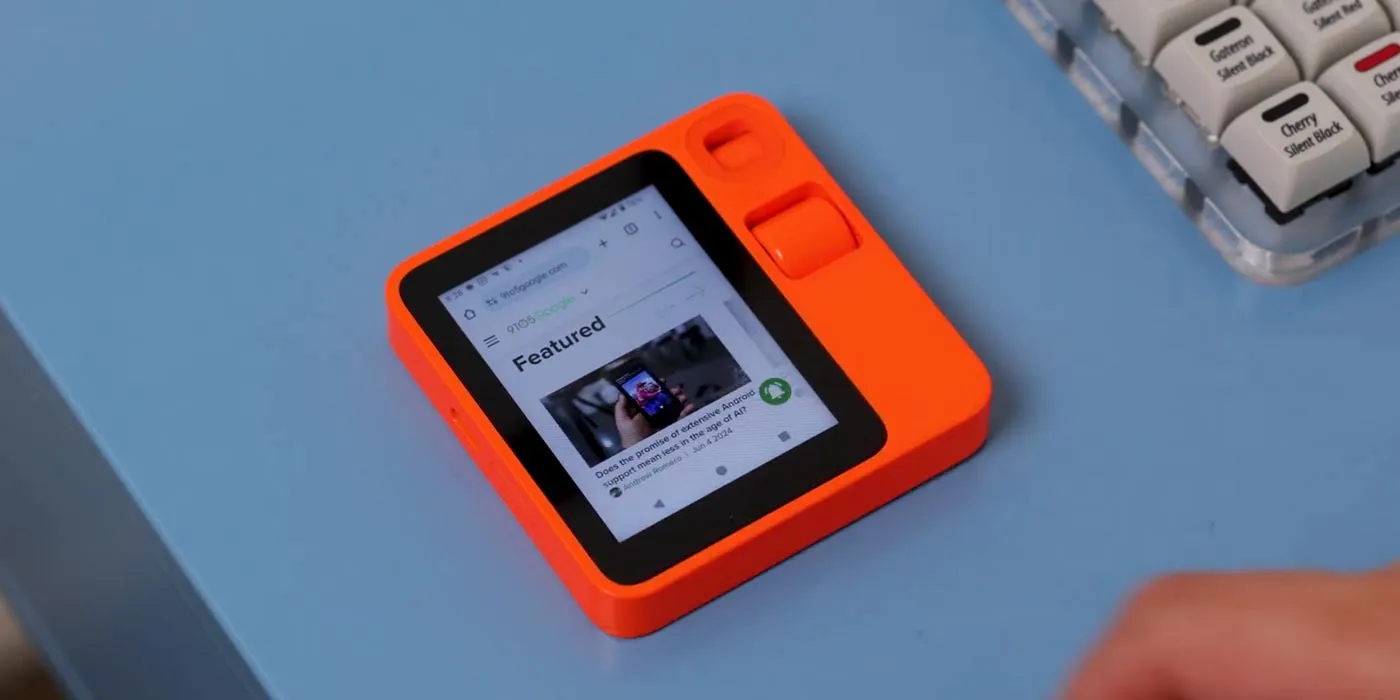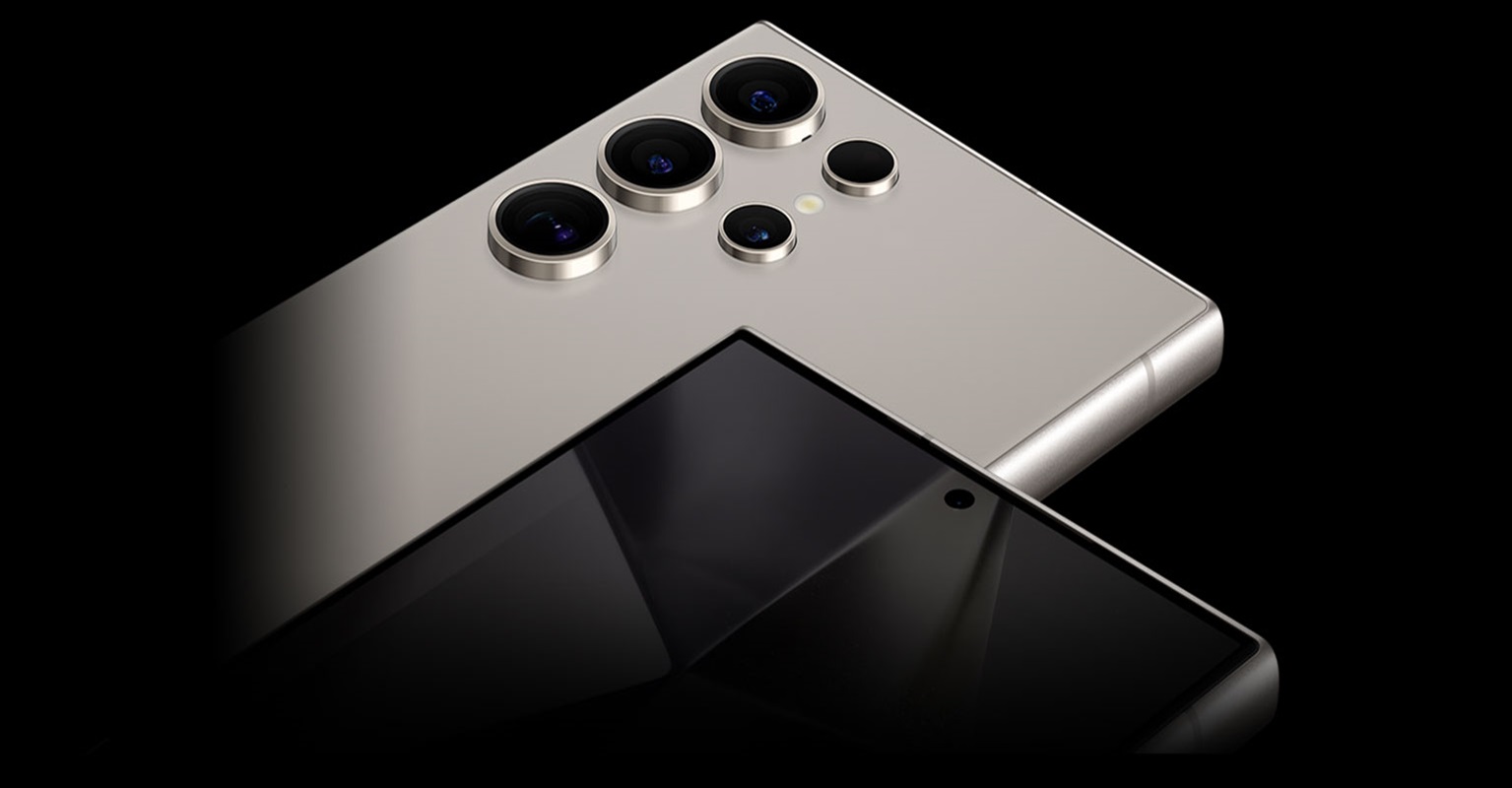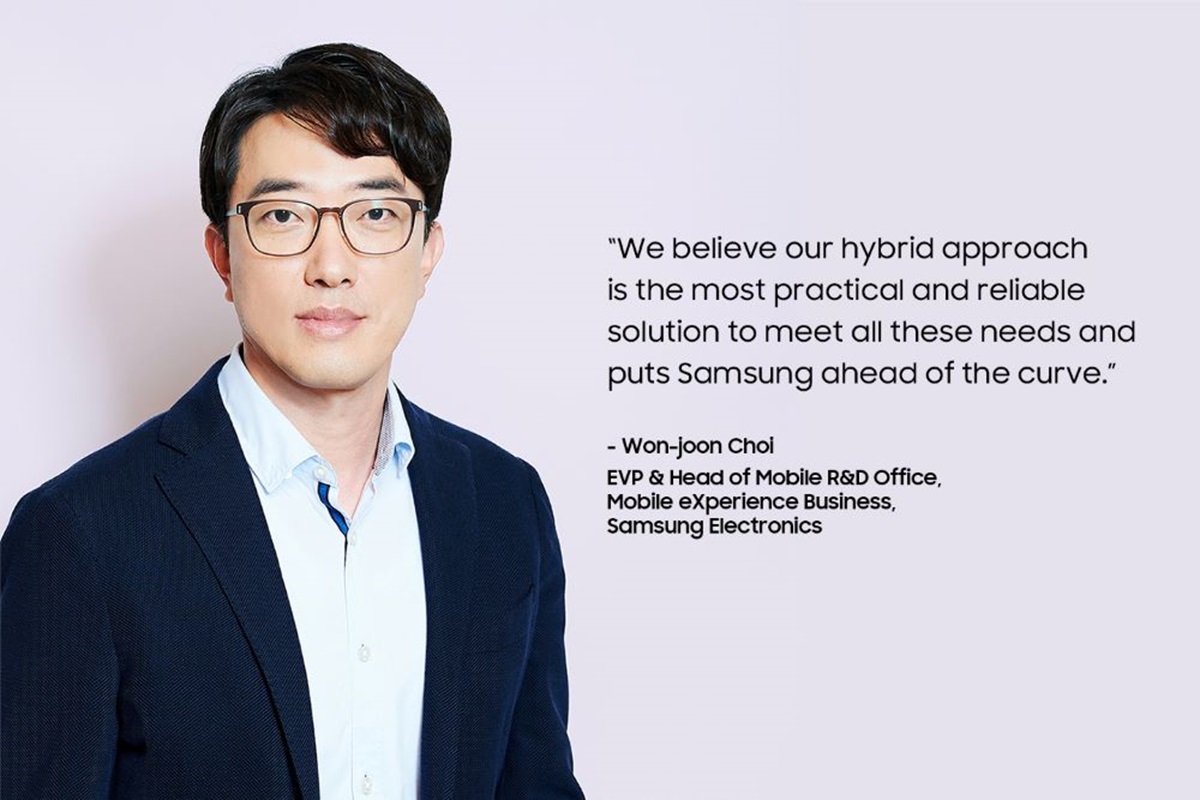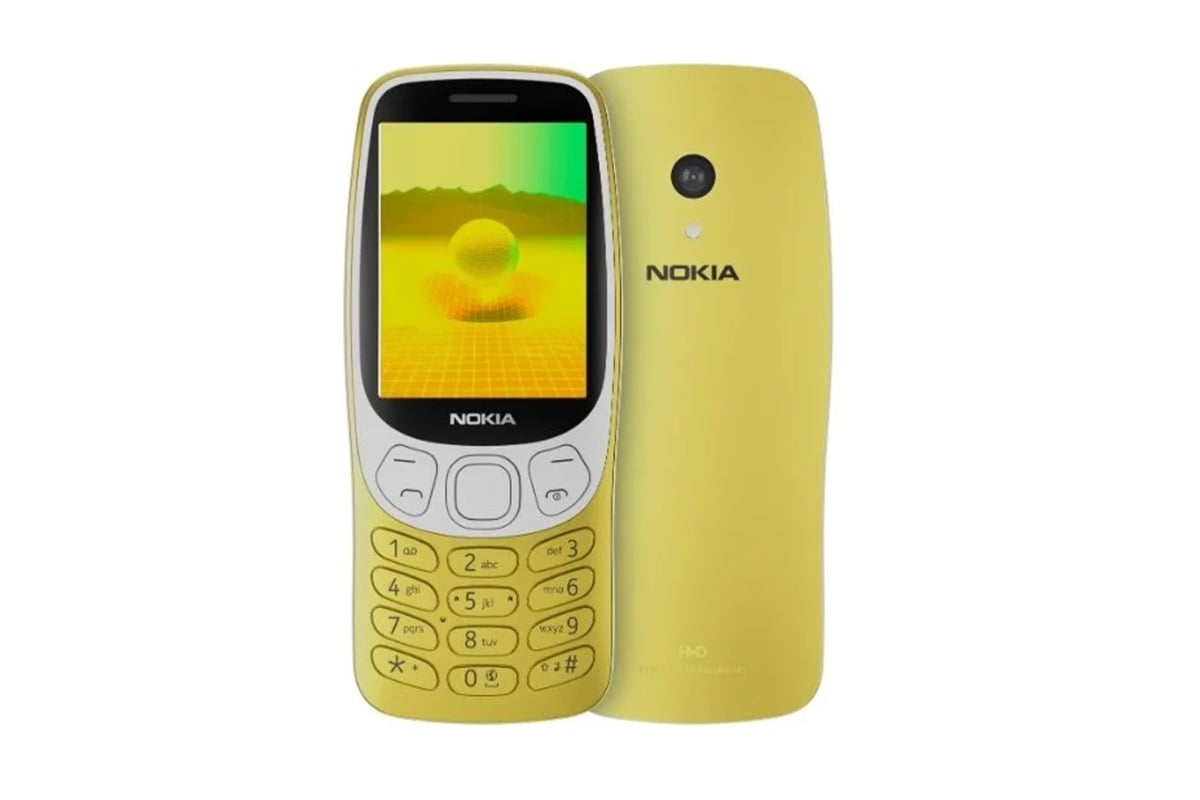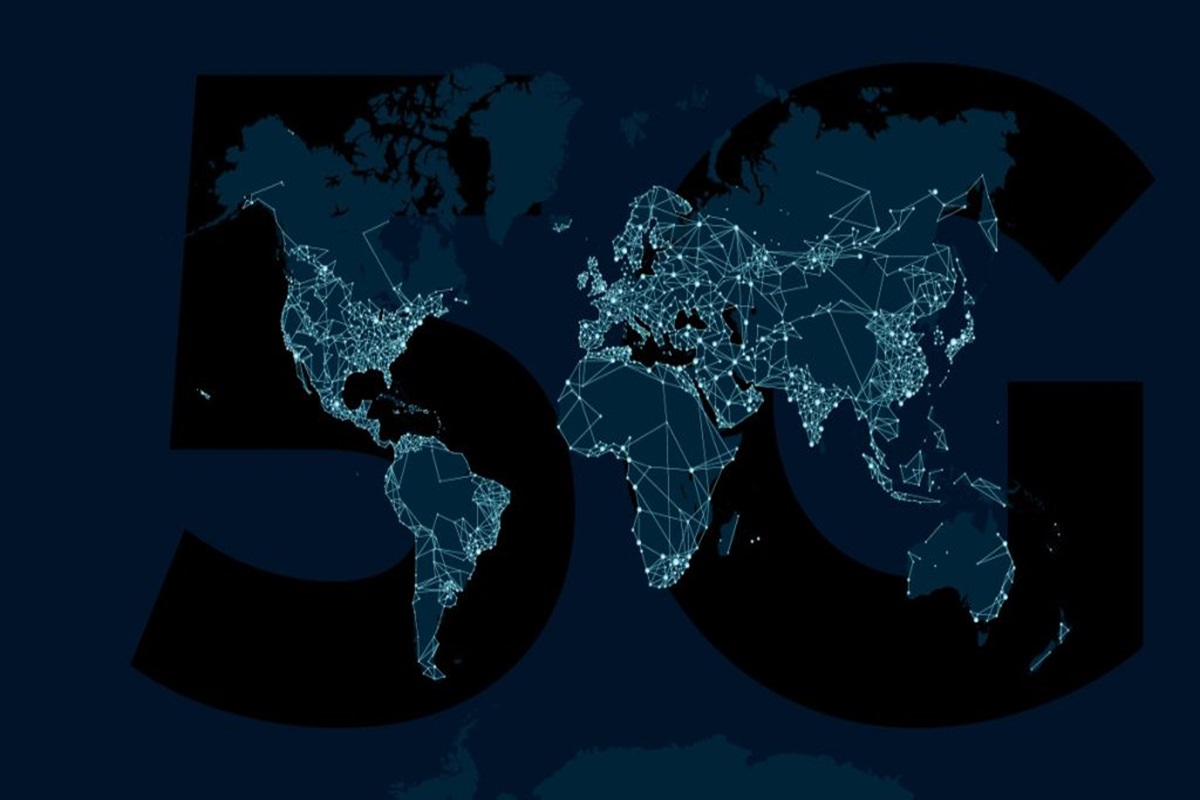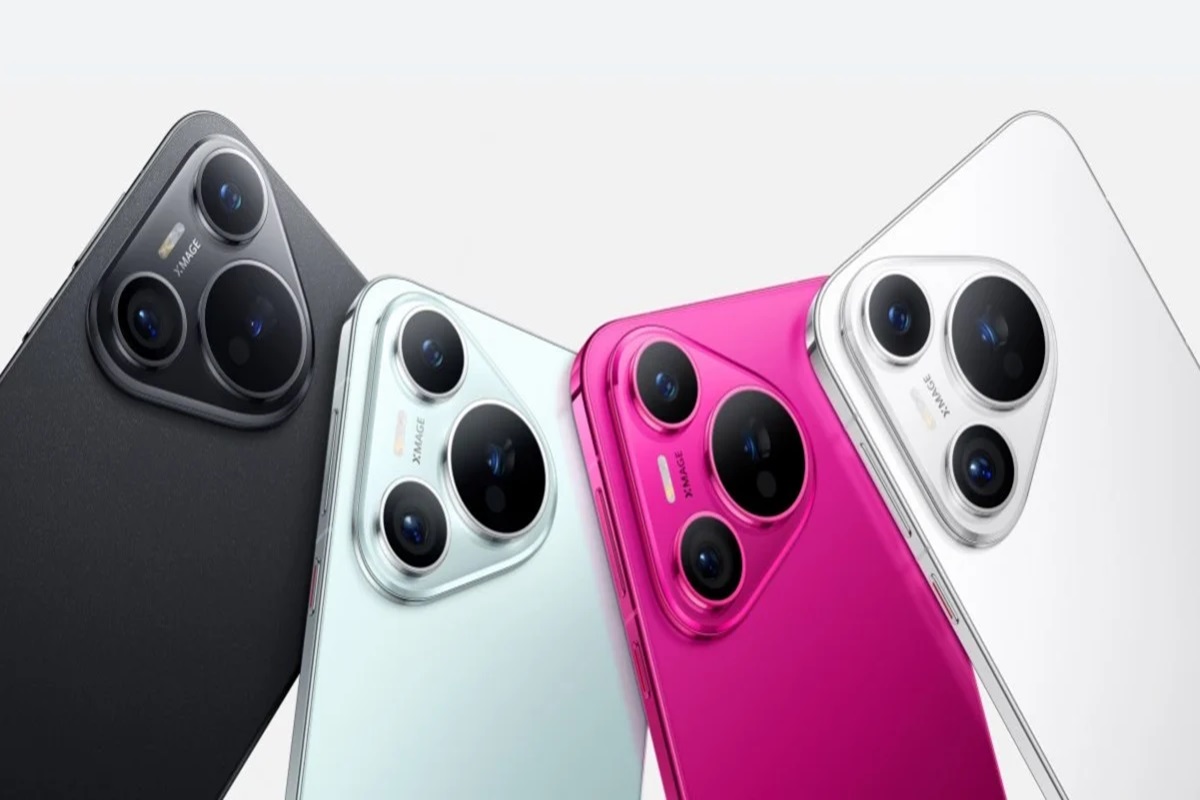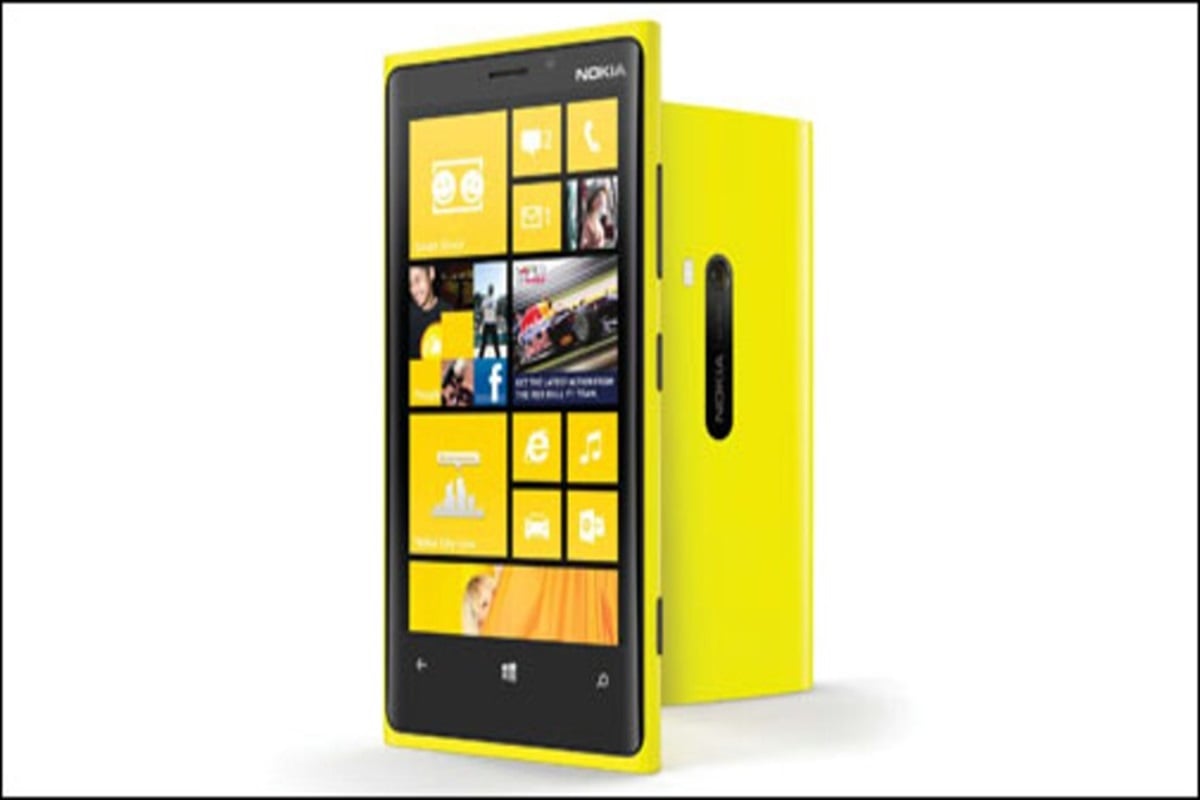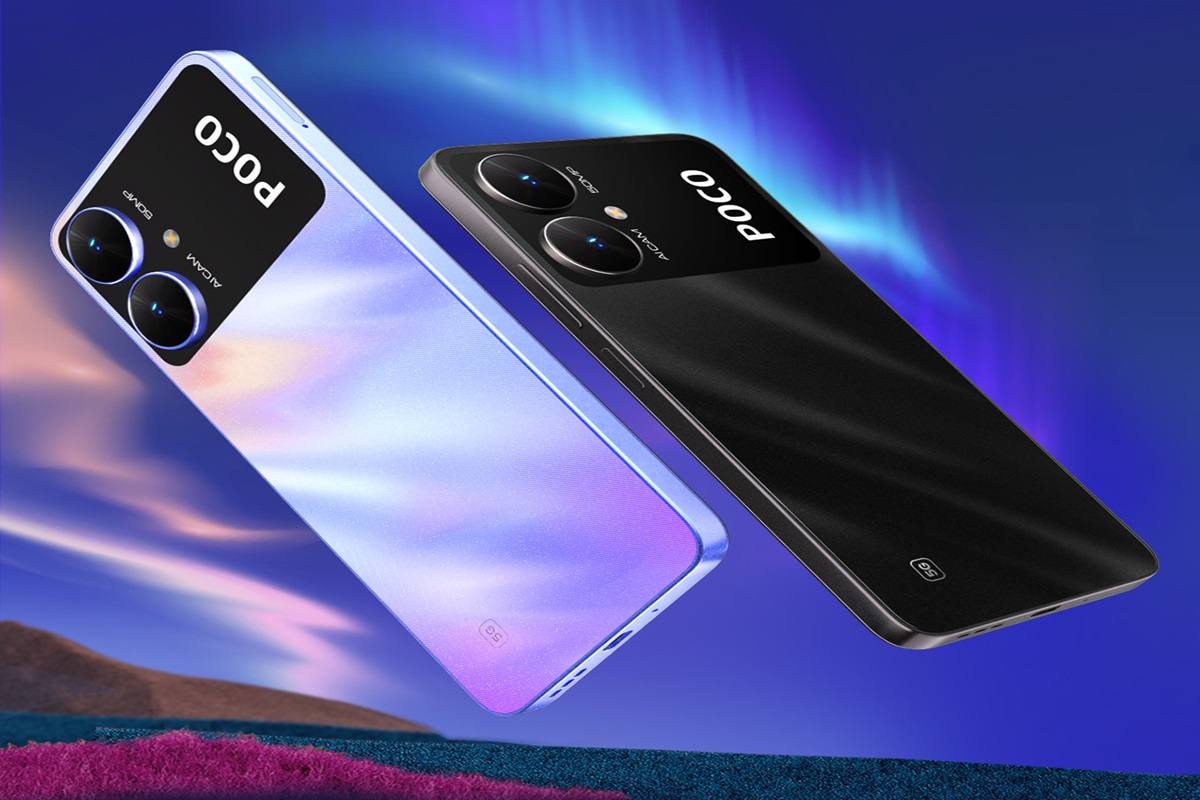In a celestial dance of light and shadow, the heart of our Milky Way galaxy has been illuminated by the piercing gaze of NASA’s NuSTAR X-ray telescope. A team of astute researchers from Michigan State University (MSU) has cast new light on the enigmatic supermassive black hole, Sagittarius A* (Sgr A*), that lies at the galaxy’s core.

Black holes, those cosmic enigmas that trap light in their gravitational clutches, are typically elusive to direct observation. Yet, through the indirect study of their gravitational influence on neighboring stars and gas clouds, astronomers have gleaned insights into their nature.
Dynamic Environment at the Galaxy’s Core
The team’s research stands as a testament to MSU’s dedication to cutting-edge exploration and nurturing the next wave of space scientists. “Their work exemplifies MSU’s commitment to pioneering research and fostering the next generation of astronomers,” Zhang proudly states.
Flares Illuminate the Black Hole’s Surroundings
Sanger-Johnson’s ten-year data analysis has unveiled nine previously undetected X-ray flares emanating from Sgr A*. These flares act as cosmic beacons, shedding light on the black hole’s immediate vicinity—a region typically shrouded in mystery due to intense gravitational forces.
Decoding the X-ray Flares
Each flare captured between 2015 and 2024 by NuSTAR offers a treasure trove of information, allowing astronomers to infer the physical conditions within the black hole’s extreme environment. “We hope that by building up this bank of data on Sgr A* flares, we and other astronomers can analyze the properties of these X-ray flares,” Sanger-Johnson explains.
Echoes of Ancient Light
Uteg’s approach diverges, focusing on the historical activity of the black hole by studying a giant molecular cloud known as “the bridge.” The cloud’s X-ray luminosity, a reflection of past outbursts from Sgr A*, has been meticulously tracked, revealing a gradual increase in brightness since 2008, peaking in 2020.
Reconstructing the Black Hole’s Past
This reflected light, an echo from centuries past, enables scientists to piece together a timeline of the black hole’s historical activity. Uteg’s analysis, supported by data from both NuSTAR and the European Space Agency’s XMM Newton observatory, suggests that roughly two centuries ago, Sgr A* was significantly more luminous in X-rays than it is today.

